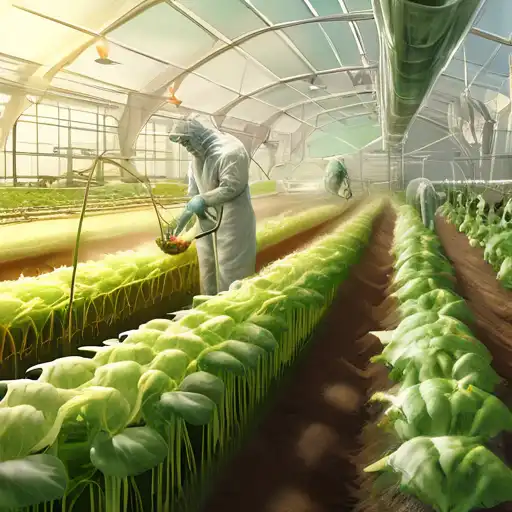The Role of Biotechnology in Modern Agriculture
Biotechnology has emerged as a cornerstone in the quest for sustainable agriculture, offering innovative solutions to feed the growing global population. By leveraging genetic engineering, scientists are developing crops that are more resistant to pests, diseases, and extreme weather conditions, ensuring higher yields and reducing the need for chemical pesticides.
Advancements in Genetic Engineering
Recent advancements in genetic engineering have paved the way for the development of genetically modified organisms (GMOs) that can withstand harsh environmental conditions. These innovations not only promise to enhance food security but also aim to reduce agriculture's environmental footprint by minimizing water usage and chemical inputs.
Sustainable Farming Practices
Biotechnology is also revolutionizing sustainable farming practices. Through the use of biofertilizers and biopesticides, farmers can now protect their crops in an eco-friendly manner. These biological solutions are derived from natural materials, reducing the reliance on synthetic chemicals and promoting biodiversity.
Challenges and Opportunities
Despite its potential, the application of biotechnology in agriculture faces several challenges, including public skepticism and regulatory hurdles. However, with continued research and dialogue, these obstacles can be overcome, unlocking the full potential of biotechnology to feed the future.
Future Prospects
Looking ahead, biotechnology holds the key to addressing some of the most pressing challenges in agriculture, from climate change to food scarcity. By investing in research and fostering collaboration between scientists, farmers, and policymakers, we can harness the power of biotechnology to create a more sustainable and food-secure world.
For more insights into sustainable agriculture, explore our guide on sustainable farming practices.
Conclusion
Biotechnology in agriculture represents a beacon of hope for future food security. Through continuous innovation and responsible application, it offers a viable path to nourishing the planet while preserving its resources for generations to come.
